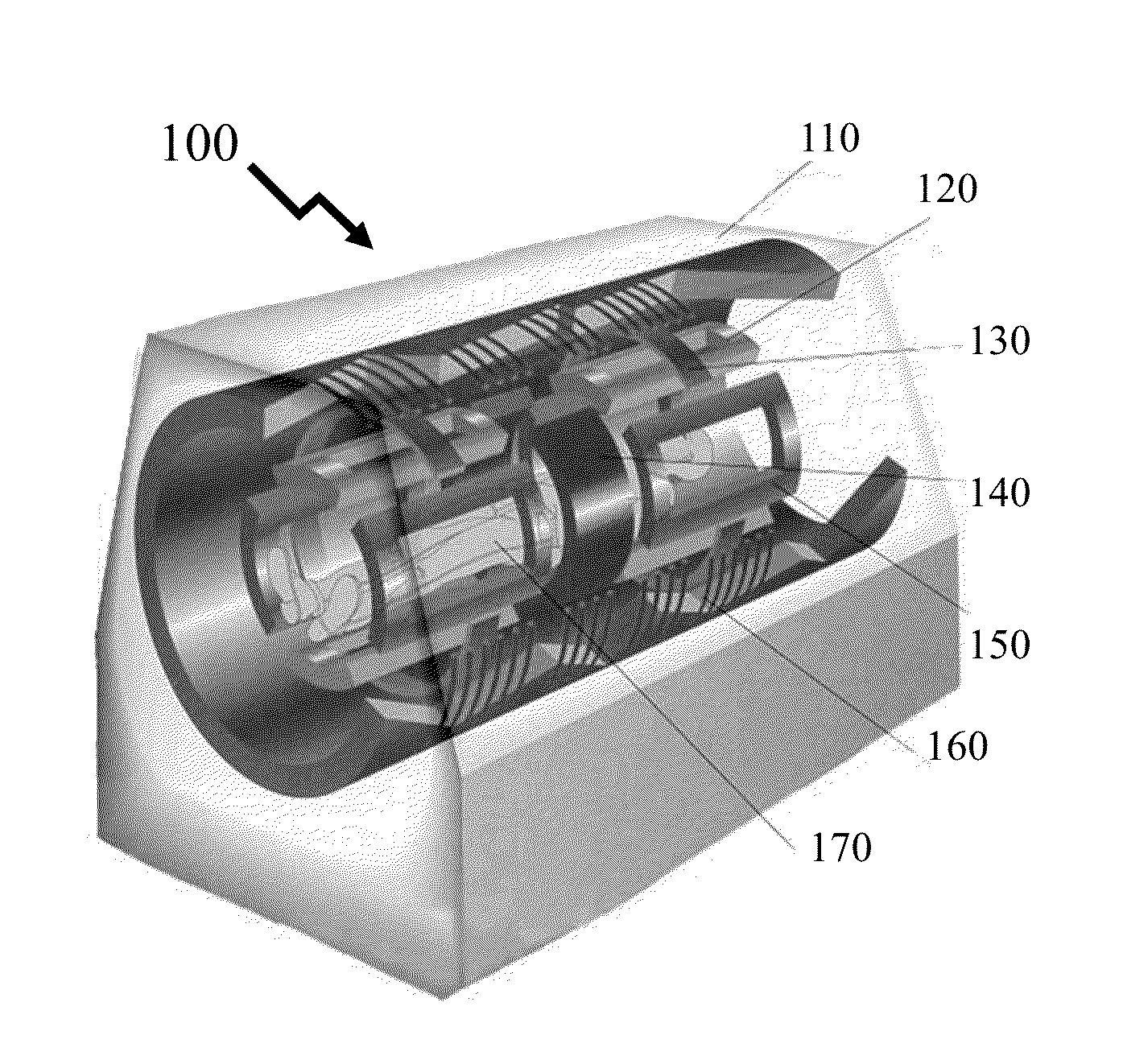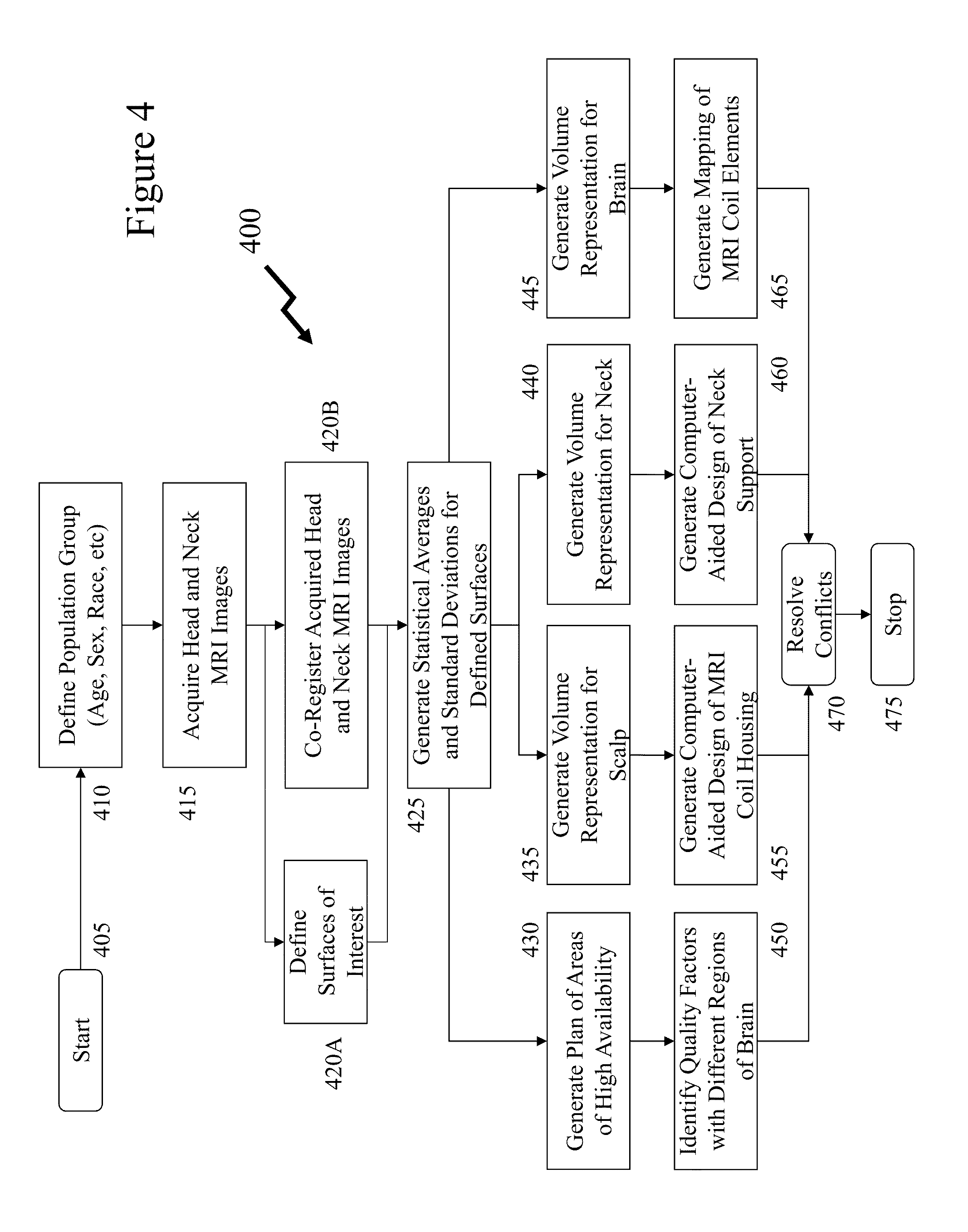Methods and systems relating to high resolution magnetic resonance imaging
a high-resolution, magnetic resonance imaging technology, applied in the field of magnetic resonance imaging, can solve the problems of prohibitively high price, tool availability, and general inaccessibility to the majority of vision researchers, and achieve the effect of improving assembly and usability
- Summary
- Abstract
- Description
- Claims
- Application Information
AI Technical Summary
Benefits of technology
Problems solved by technology
Method used
Image
Examples
Embodiment Construction
[0049]The present invention is directed to magnetic resonant imaging (MRI) and more particularly to establishing improved coil design to target specific aspects of anatomy and their enhanced assembly and usability The ensuing description provides exemplary embodiment(s) only, and is not intended to limit the scope, applicability or configuration of the disclosure. Rather, the ensuing description of the exemplary embodiment(s) will provide those skilled in the art with an enabling description for implementing an exemplary embodiment. It being understood that various changes may be made in the function and arrangement of elements without departing from the spirit and scope as set forth in the appended claims.
[0050]FIG. 1 depicts a MRI instrument 100 comprising a scanner body 110 wherein the magnetic field is applied via 4 coils being Y-coil 120, Z-coil 130, X-coil 150, and main coil 160. Y-coil 120 creates a varying magnetic field from top to bottom across the scanning tube whilst Z-c...
PUM
 Login to View More
Login to View More Abstract
Description
Claims
Application Information
 Login to View More
Login to View More - R&D
- Intellectual Property
- Life Sciences
- Materials
- Tech Scout
- Unparalleled Data Quality
- Higher Quality Content
- 60% Fewer Hallucinations
Browse by: Latest US Patents, China's latest patents, Technical Efficacy Thesaurus, Application Domain, Technology Topic, Popular Technical Reports.
© 2025 PatSnap. All rights reserved.Legal|Privacy policy|Modern Slavery Act Transparency Statement|Sitemap|About US| Contact US: help@patsnap.com



